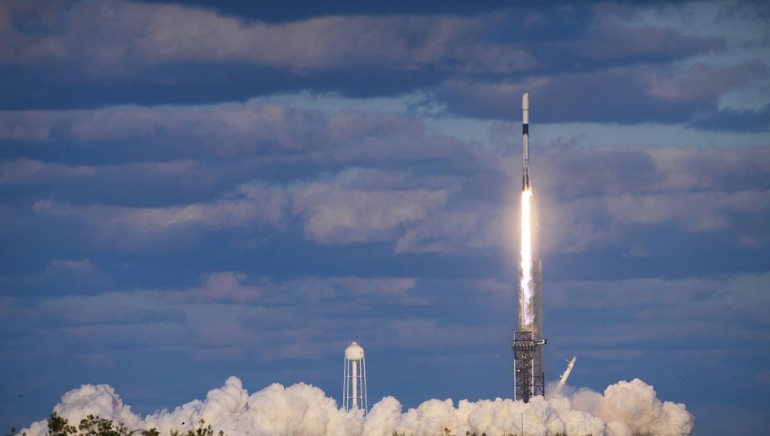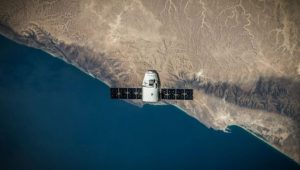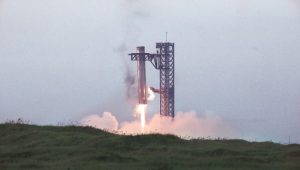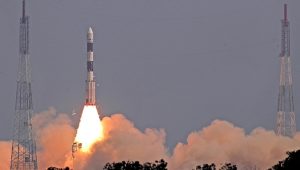On Monday, South Korea launched its second domestically developed spy satellite from the US via a SpaceX Falcon 9 rocket. This move enhances its ability to monitor potential threats, particularly from North Korea, which has announced plans to launch multiple reconnaissance satellites this year.
The satellite, equipped with synthetic aperture radar (SAR) technology, can produce high-resolution images regardless of weather conditions. It successfully entered orbit after launching from the Kennedy Space Centre in Florida and establishing communication with ground stations.
South Korea plans to launch five spy satellites by 2025 under a contract with SpaceX. This comes as tensions escalate on the Korean Peninsula, with North Korea launching its first spy satellite in November and South Korea following suit in December. The launches have strained relations, prompting concerns about breaching agreements to reduce military tensions.
South Korea’s defence ministry suspects North Korea may launch another spy satellite by mid-April. Despite South Korea’s successful satellite launch in 2022, experts suggest using SpaceX rockets for cost efficiency and stress the need for more launches to ensure rocket reliability.
Although South Korea is facing regional threats, these developments represent significant advancements in its space capabilities.















